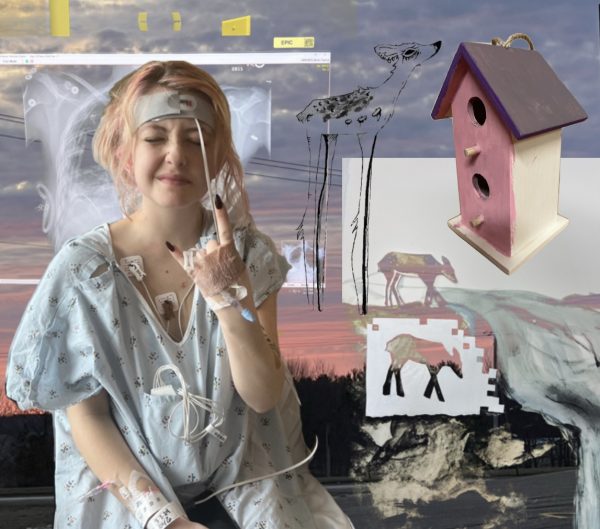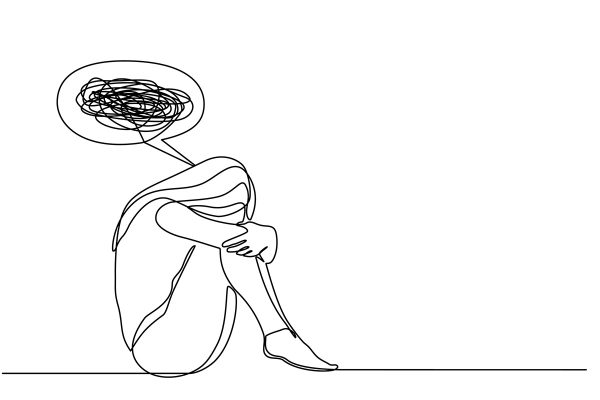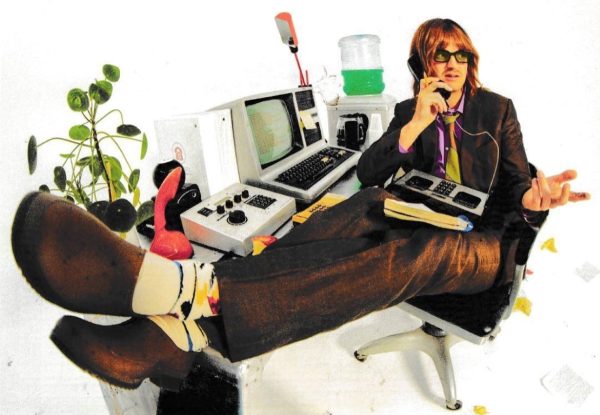Getting Weird
The Hart Island Project: Uncovering New York’s morbid history
More stories from Alyssa Anderson
It’s that time of the year again –– the leaves are changing, the moon is glowing and the air is rich with the undeniable scent of spookiness. And, yes, I am thriving. As usual, I have been scouring the internet for the spookiest of all spooky things to write about, and, this week, I uncovered a piece of history that will surely send chills down your spine.
This week’s sordid tale takes place on an island near New York City — an island with a grisly truth: Hart Island.
Though the 131-acre island became part of New York City before the Bronx, Queens, Staten Island and even Brooklyn, the name goes unrecognized by most. Perhaps, some say, this has something to do with the millions of unclaimed bodies that are buried there in mass graves.
Hart Island, according to the Hart Island Project’s website, was purchased in 1868 by the Department of Charities and Corrections in order to build a workhouse for older boys from the House of Refuge on Randall’s Island.
Soon after the construction of this workhouse, bodies left unclaimed or unidentified in the morgue of Bellevue Hospital were transported to Hart Island and buried by inmates from Blackwell’s Island Penitentiary.
In 1875, bodies began to be buried en masse on the island, with little identification save for a
numbered grid system implemented solely for the possibility that bodies would someday be disinterred and identified.
Even today, inmates from Riker’s Island travel to Hart Island by ferry, accompanied by a morgue bus full of unclaimed bodies to be buried amongst the forgotten. Only recently has the island been made available for visits by family members looking to pay respects — most cases require the assistance of an attorney.
An investigation conducted by the New York Times showed a pattern of inequality, racism and classism that caused many people to end up “buried in a pit” rather than laid to rest with respect.
The resulting article from the Times, published by Nina Bernstein, outlines the similarities throughout the cases of people whose family members have ended up buried on Hart Island, focusing on the same systemic failure.
In many cases, family members couldn’t afford burial fees and had no choice but to keep their loved ones at the morgue, where they were eventually shipped to the island, usually unbeknownst to the families.
Several families explained that their mother, father or grandmother’s body had been donated to science, only to end up in a mass grave.
According to Bernstein’s reporting, bodies left either unclaimed at the morgue or donated to science become city property. After that, the city can handle them in whichever way they see fit.
Since 1980, significant efforts have been made to keep track of burials on the island. Of the 65,000 people who have been buried on Hart Island since 1980, an estimated 52,000 died in nursing homes or hospitals. The rest were found at train stations, bus stops or washed up on the shores of rivers or the Atlantic.
In 2014, New York City’s City Council passed legislation to build a park allowing citizens to visit gravesites. In preparation, the Hart Island Project created the Traveling Cloud Museum, an interactive database which maps out burials on the island and allows submissions of stories or photos of the dead.
After 150 years of anonymity, the Hart Island Project is finally working to make sure the stories of these lost souls are finally heard.
Even though I like to think I’ve seen every weird and creepy thing the internet has to offer, I still stumble across things I have never heard of. How did I not know about this? Why haven’t people been speaking up?
The fact that impoverished, elderly and disenfranchised people continue to be buried without respect should be front-page news. But, alas, the majority of us are too focused on Donald Trump’s Twitter account to focus on the systemic failure that surrounds us. Regardless of age, gender, class or race, all human beings deserve the same amount of respect after death (and, obviously, before), but that doesn’t seem to be a priority.
Rather than focusing on preserving the dignity of the dead, society views human bodies as wastes of space. This complete disregard for human life is astounding. As much as I love conspiracies, ghost stories and serial killers, nothing freaks me out more than a government that fails its citizens without even a shred of remorse.
Anderson can be reached at [email protected]











Marian • Sep 26, 2018 at 4:32 pm
I look forward to reading your columns every week. I loved this one on Hart Island. I had no idea! What else don’t I know? Keep the articles coming.